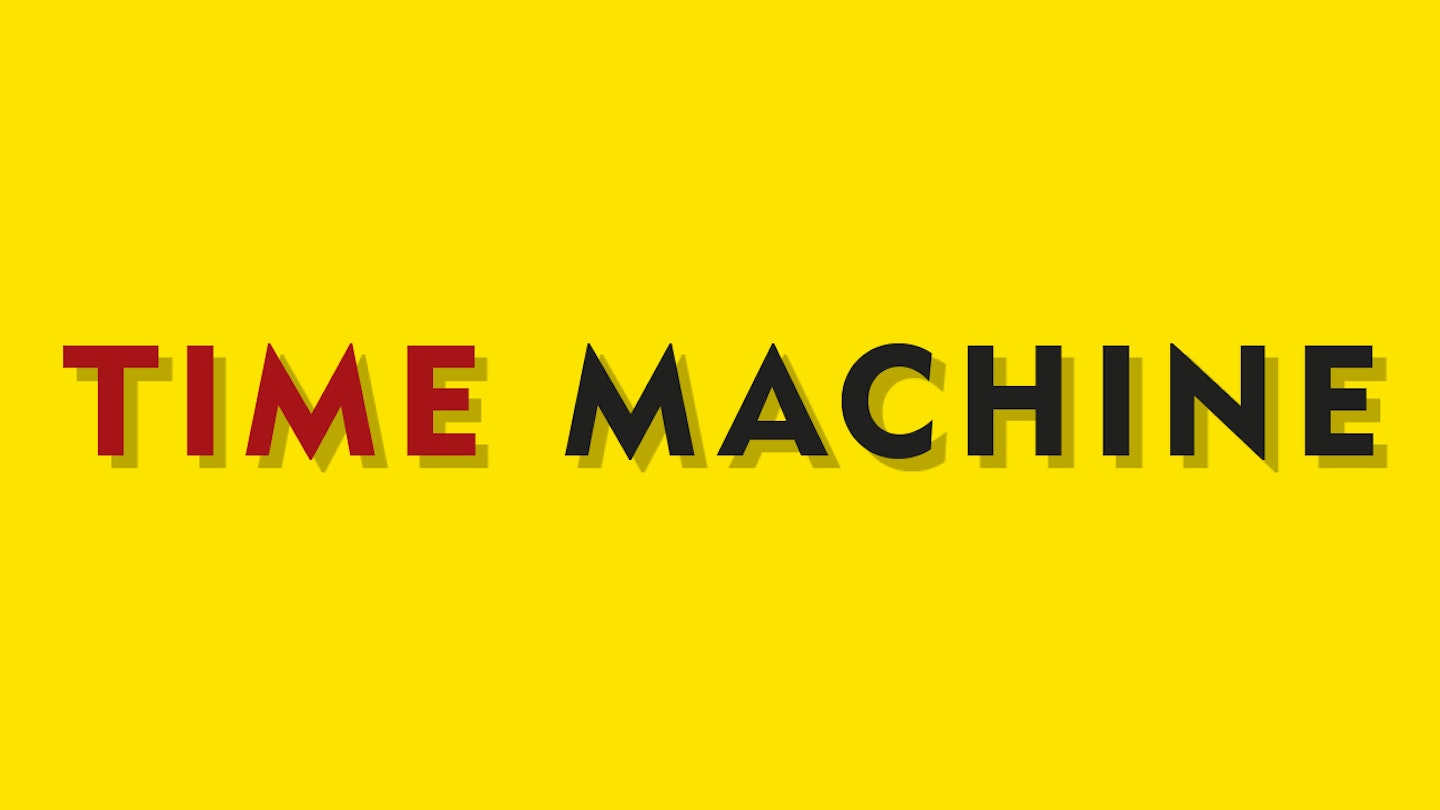21 October, 1967
TODAY’S EDITION OF BILLBOARD, the music industry bible, bears the headline “Nilsson Gets Giant RCA Launching”. As the accompanying story explains, “RCA Victor last week launched one of the most massive promotions ever for an artist. More than 5,000 packages heralding Nilsson, a new writer-performer on the label, are being distributed to radio stations and the press. The package, in a deluxe box, contains his new Pandemonium Shadow Show album, pictures, his press release, pins, cards and balloons, as well as original lyrics from the LP. The label is also releasing the same album on Stereo-8 cartridge tape.” RCA also booked a full-page ad announcing the album’s release and emblazoned it with the live-up-to-this blurb, “He’s the sound of today and he sings the total truth.”
Not that the general public was influenced by any of the brouhaha. The album never reached the Top 40, and Harry Nilsson would remain pretty much unsaleable as an album artist until 1971 and the advent of his soundtrack to the animated film, The Point. Meanwhile, in 1967, The Beatles were still peaking and all consuming. Sgt Pepper’s Lonely Hearts Club Band topped the US chart and fought off all contenders for 15 weeks. But in the latter part of that year, the Fabs spent a fair portion of their listening time tuning in to Pandemonium Shadow Show and, in particular, a track titled You Can’t Do That, which linked various Beatles songs in ingenious fashion. “One time, I was just toying with my guitar,” Nilsson explained, “I struck this chord and it seemed to lend itself to a million different songs. I noticed how many Beatle songs could be played on this one chord, so I ran down to Wallach’s Music City on Sunset, at about midnight, just before it closed, bought the Beatle songbook, and finished the song that night.”
The completed album also included a version of She’s Leaving Home, accentuating the Beatle connection. When The Beatles heard the result of Nilsson’s midnight adventure, they were impressed that he was taking them on at their own level and not losing out. They immediately invited him to London and remained so enamoured with his songs that when a press conference was held in 1968 to announce the formation of Apple Corps and John Lennon and Paul McCartney were asked to nominate their favourite American artist, both replied, “Nilsson.”
For his part, Harry Nilsson was still working the night shift for a bank, a gig he’d commenced in 1960, when his proficiency on computers provided an income that allowed him to work on his musical career by day. It was claimed that he received $75,000 when signing for RCA – though he gave the figure as “zero”. He was still an untested quantity at that time, though he’d recorded for Tower and Mercury and some mini-labels, even cutting a single titled Baa Baa Black Sheep under the pseudonym Bo-Pete. At RCA, he said he benefited from working in close collaboration with two of the most talented men in the record field, Rick Jarrard, who’d produced Jefferson Airplane’s Surrealistic Pillow, and the engineer on that album, Dick Bogart. Along with his ultra-talented arranger, George Tipton, Nilsson considered the duo to be responsible for his new, multi-vocal sound. “Rick Jarrard has a marvellous ear,” he announced. “He has the ability to listen to a sound and relate it to someone else. That ability is priceless in the record field.”
“Nilsson is the best contemporary soloist in the world. He is it. He is the something else The Beatles are. He is The One.”
DEREK TAYLOR, THE BEATLES' PRESS OFFICER
Nilsson was never stinting in his praise for those who initially helped him turn Pandemonium Shadow Show into an album of consequence. At that time, way before he turned into a drink-sodden rowdy, people liked him and his attitude to life. When Derek Taylor first met him, the Beatles’ press man hailed the Brooklyn-born performer as “Quiet and a gentleman. A man who rarely grumbles. And so normal.” Not that Taylor considered him routinely normal, just Nilsson normal, adding that “he is eccentric, random, never late and earlier than the times upon which he shines his watchful lantern beams.”
A fan? And then some. Taylor, who first became enamoured with Nilsson after hearing his song 1941 on a car radio, concluded, “Nilsson is the best contemporary soloist in the world. He is it. He is the something else The Beatles are. He is The One.” To prove his belief, he bought 25 copies of Nilsson’s RCA debut album and despatched them to his favourite industry people, including all four Beatles. At which point, the world sat up and slowly began to notice.
